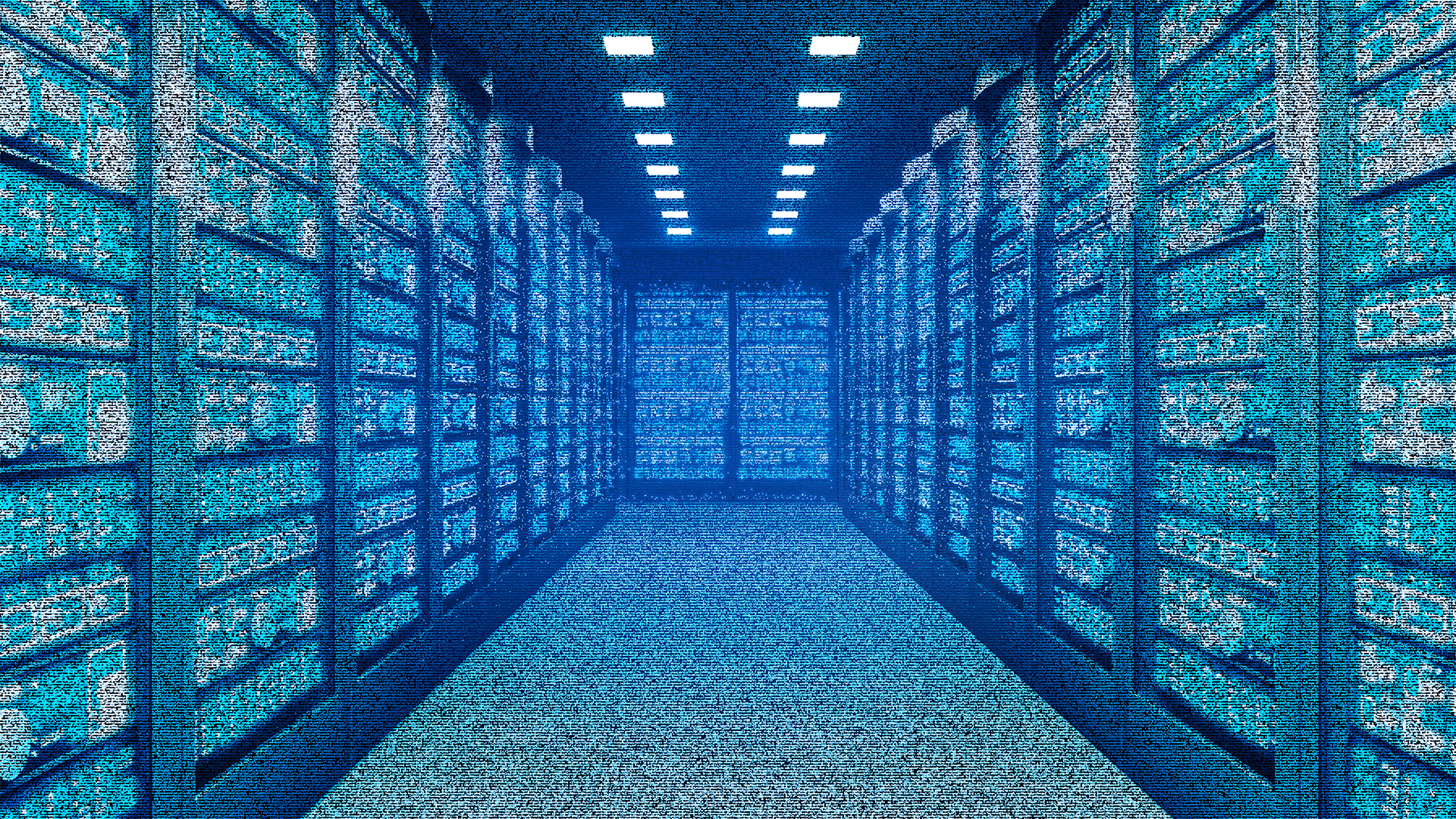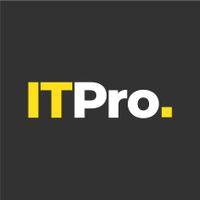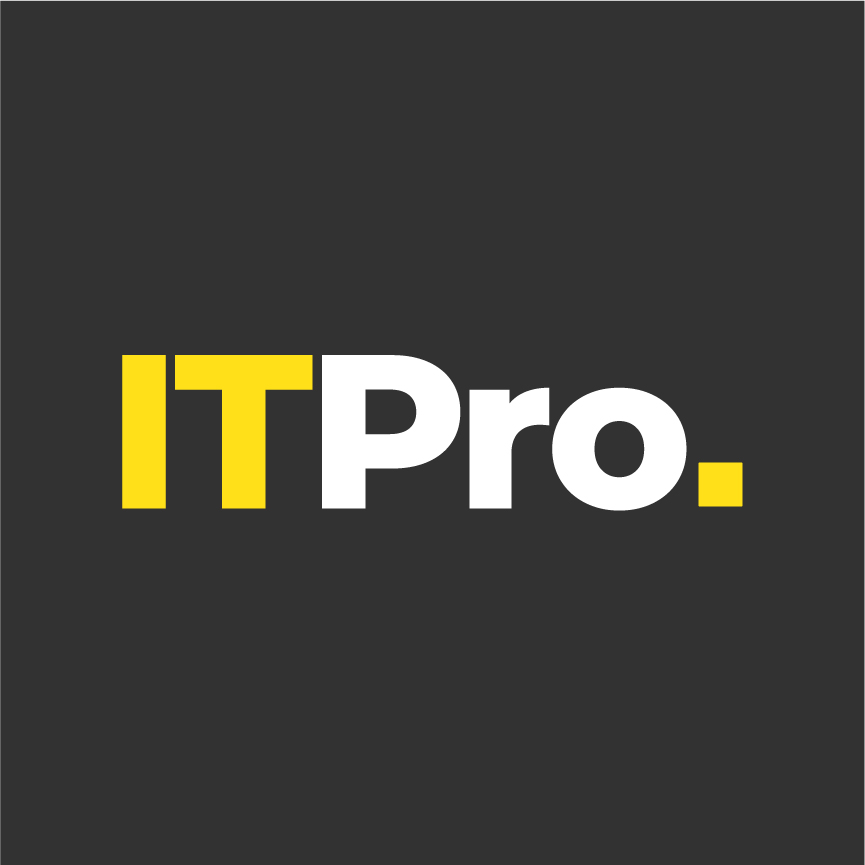To Cloud or Not to Cloud: Navigating the on-premise vs cloud conundrum
Enter Hybrid: Crafting the perfect blend of on-premise and cloud advantages

Cloud computing has transformed the business landscape, introducing unprecedented scalability, remarkable flexibility, and cost-efficiency.
In fact, according to analyst firm Gartner, worldwide public cloud spending will grow 20.7% to total $591.8 billion in 2023, up from $490.3 billion in 2022. Analysts found that cutting costs was a major factor in the move to cloud.
"Moving operations to the cloud also reduces capital expenditures by extending cash outlays over a subscription term, a key benefit in an environment where cash may be critical to maintain operations," Sid Nag, vice president analyst at Gartner said when the predictions were published at the end of October 2022.
“Cloud computing will continue to be a bastion of safety and innovation, supporting growth during uncertain times due to its agile, elastic and scalable nature.”
A similar study by fellow analyst firm IDC also found that the global revenue generated by public cloud services topped the $500 billion mark in 2022. IDC found that organizations are relying more on the cloud for distributed computing, AI, and app frameworks.
“First, it unlocks the next wave of migration for enterprise applications that have previously remained on-premises. Second, it creates the foundation for new AI software that can be quickly deployed at scale. In both cases, these investments are resulting in market growth opportunities," says IDC research vice president Dave McCarthy in the report.
However, despite this growing momentum, it’s important to remember that cloud is not a one-size-fits-all solution, and there are situations where on-premise infrastructure may be more suitable or even necessary. As such, it’s clear that the decision is not always straightforward.
Cloud vs on-premise: What are the differences?
Cloud computing involves providing a range of computing services via the internet, encompassing servers, storage, databases, networking, software, analytics, and beyond. Cloud providers, such as Amazon Web Services (AWS), Microsoft Azure, or Google Cloud Platform (GCP), offer various types of cloud services, such as Infrastructure as a Service (IaaS), Platform as a Service (PaaS), or Software as a Service (SaaS), that allow customers to access and use these resources on demand, without having to invest in or manage their own physical infrastructure.
On-premise infrastructure, on the other hand, refers to the traditional model of hosting and maintaining your own servers, storage, and other hardware in your own datacenter or office. This means that you have full control and ownership of your IT environment, but also bear the responsibility and cost of purchasing, installing, updating, securing, and managing it.
Cloud vs on-premise: What are the advantages and disadvantages?
Both cloud and on-premise have their own benefits and drawbacks, depending on your specific needs and preferences. Here are some of the main factors to consider when comparing them:
Cost
Cloud computing can help save money by eliminating upfront costs and reducing ongoing operational costs. However, it may not always be cheaper than on-premise, especially for predictable and stable workloads.
Cloud services may have hidden fees or complex pricing models that can make it hard to estimate or control spending.
On-premise infrastructure can be more cost-effective overall if you have a large initial investment, but you also must factor in the costs of hardware depreciation, software licensing, security patches, backups, disaster recovery, and staff training.
Performance
Cloud computing can offer high performance and reliability but is also subject to network issues or outages.
On-premise infrastructure can offer more consistent and predictable performance but is vulnerable to hardware failures or disasters.
Security
Cloud computing can offer high security and compliance, but also introduces new security risks and challenges.
On-premise infrastructure can offer more security and control but requires more resources and expertise to maintain.
Scalability
Cloud computing can offer high scalability and flexibility, allowing easy adjustment of resources and services according to changing needs and demands. However, it also requires more planning and management to ensure optimal use of resources and services.
On-premise infrastructure can offer more stability and consistency but requires more foresight and investment to support current and future workloads.
Unraveling the conundrum: on-premise vs cloud storage
The decision between these two options isn't a mere binary: it's a spectrum. The ideal choice hinges on comprehending your business's unique demands. It's about striking equilibrium between the allure of cloud's accessibility and scalability, and the fortitude of on-premises storage's control and latency management. Synology's Hybrid Cloud Solution emerges as the bridge, harmonizing these two realms for optimum data management.
As you weigh the merits and drawbacks, remember that Synology offers a third path. An integrated approach, fusing the agility of cloud with the solidity of on-premises storage, is within reach. Synology's innovative solution empowers your business to sculpt a storage strategy that aligns precisely with your aspirations.
In the grand tapestry of data management, the threads of on-premises and cloud storage intricately weave together. The final masterpiece lies in your hands, a tapestry tailored to your business's unique essence.
Introducing Synology's Hybrid Cloud Solution
Synology's Network Attached Storage (NAS) transcends conventional data storage. It empowers you to construct a private cloud - a secure hub for data storage, sharing, backup, and retrieval. But what sets Synology NAS apart is its hybrid cloud approach, fusing the advantages of on-premises and cloud storage thanks to the capabilities of Synology C2.
A spectrum of capabilities
- Data management: Synology NAS is your private cloud's core, centralizing data storage. It's adaptable for start-ups and enterprises alike.
- Collaboration tools: Unite teams with Synology's collaboration suite, featuring private mail, instant messaging, and concurrent document editing. Businesses can benefit from seamless cross-office collaboration through synchronized data, which is key for remote and hybrid teams.
- Ransomware protection and business continuity: Shield crucial data from ransomware with Synology's backup and snapshot tech, ensuring resilience and the ability to continue business as usual should the worst happen.
- Physical security: Ensure premises safety with Synology's Surveillance Station VMS and Synology Cameras. Real-time alerts, IP camera compatibility, and remote management.
Customers can testify to their success as a result of working with Synology, too.
"We used to use Windows file server combination, and had a hard time managing such a big amount of growing data. Then we looked for private cloud solutions which support quick data restore and easy file sharing,” said Võ Văn Phương Tú, IT Manager, TTT Corporation. “That's why we choose Synology as our partner. Synology NAS is the best alternative of traditional file servers and public cloud storage."
A hybrid horizon
In the quest for optimal data storage, the answer isn't black or white; it's a hybrid shade. Synology's hybrid cloud solution marries the agility of cloud storage with the strength of on-premises solutions. As you contemplate your data management strategy, consider Synology's offerings, where storage transcends into empowerment.
To embark on a journey of enhanced efficiency and security, discover Synology's recommended models at Synology's official website. You can also find more information about C2 Hybrid Share here. If you seek answers to FAQs or want to explore the ideal Synology NAS model for your business, Synology has got you covered.
Remember, data storage is no longer a choice between two extremes. It's about the synergy of on-premises and cloud storage to design a more resilient future for your business.
Sign up today and you will receive a free copy of our Future Focus 2025 report - the leading guidance on AI, cybersecurity and other IT challenges as per 700+ senior executives
ITPro is a global business technology website providing the latest news, analysis, and business insight for IT decision-makers. Whether it's cyber security, cloud computing, IT infrastructure, or business strategy, we aim to equip leaders with the data they need to make informed IT investments.
For regular updates delivered to your inbox and social feeds, be sure to sign up to our daily newsletter and follow on us LinkedIn and Twitter.
-
 How the UK is leading Europe at AI-driven manufacturing
How the UK is leading Europe at AI-driven manufacturingIn-depth A new report puts the country on top of the charts in adopting machine learning on the factory floor in several critical measures
-
 US data center power demand forecast to hit 106GW by 2035, report warns
US data center power demand forecast to hit 106GW by 2035, report warnsNews BloombergNEF research reveals a sharp 36% jump in energy forecasts as "hyperscale" projects reshape the American grid

